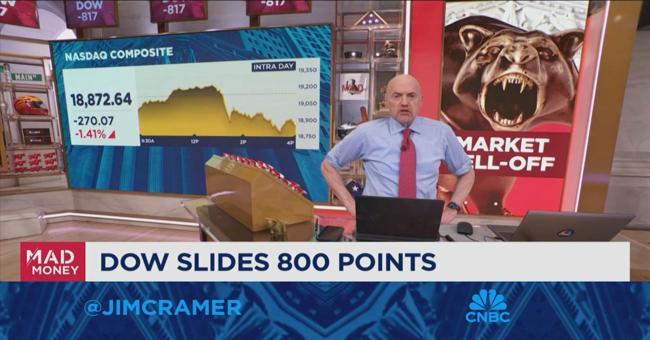Summary
Mexico’s headline inflation rose more than expected in the first half of May, data from the national statistics agency showed on Thursday, jumping outside the central bank’s target range for the first time this year.
Source: Reuters on MSN.com

AI News Q&A (Free Content)
Q1: What is a bank loan, and how does it function as a financial instrument?
A1: A bank loan is a financial agreement in which a lender provides money to a borrower, who agrees to repay the principal along with interest over a specific period. The terms, including the interest rate, repayment schedule, and any additional covenants, are defined in a contract. Loans serve as a primary source of funding for individuals and businesses and are a central activity for financial institutions, including banks and credit companies.
Q2: How does inflation in Mexico impact bank loan interest rates and accessibility for consumers?
A2: Rising inflation in Mexico typically leads the central bank to increase policy rates to control price growth. This action results in banks raising their loan interest rates to align with higher funding costs, making loans more expensive and potentially less accessible for consumers and businesses. As a result, loan demand may decrease, and existing borrowers could face higher debt servicing costs.
Q3: What regulatory mechanisms are used by central banks to manage the inflationary impact on bank lending?
A3: Central banks utilize policies such as reserve requirements and interest rate adjustments to control inflation's effect on bank lending. By increasing reserve requirements, banks must hold a larger proportion of deposits in reserve, reducing their capacity to lend. Raising policy rates also increases the cost of borrowing, which can help temper inflation by decreasing loan demand and monetary expansion.
Q4: How do syndicated loans differ from standard bank loans, and what role do they play in large-scale financing?
A4: Syndicated loans involve multiple lenders pooling resources to provide a loan to a single borrower, often a large corporation. Unlike standard loans issued by a single bank, syndicated loans are structured and administered by lead arrangers and are typically used for substantial financing needs, such as mergers or infrastructure projects. Fees and interest rates in syndicated loans reflect the complexity and risk involved.
Q5: According to recent scholarly research, how does banking competition affect interest rates for household loans in developed markets?
A5: Recent research analyzing the Euro Area from 2014 to 2020 found that increased banking competition, measured by the number of commercial bank branches per population, tends to lower interest rates for household consumption loans. This suggests that a more competitive banking environment can benefit consumers through improved loan terms and reduced borrowing costs.
Q6: What insights does the Monti-Klein model provide on the relationship between bank reserves, deposits, and lending under inflationary conditions?
A6: The Monti-Klein model illustrates that a bank's loan and deposit volumes, and hence its profitability, are significantly influenced by reserve requirements and the loan-to-deposit ratio (LDR). Under inflationary conditions, higher reserve requirements can constrain lending, while variations in LDR impact how banks adjust their lending and deposit strategies to maintain profitability and regulatory compliance.
Q7: What lessons can be learned from Iceland’s use of index-linked loans in managing inflation, according to detailed banking system analysis?
A7: Analysis of Iceland’s index-linked loans, which adjust principal based on consumer price inflation, indicates that such loans can inadvertently contribute to higher inflation. The mechanism creates a feedback loop: as inflation rises, loan principals increase, expanding the money supply and further fueling inflation. This finding suggests that while indexation aims to protect borrowers and lenders from inflation volatility, it may undermine broader monetary stability if not carefully regulated.
References:
- Loan - https://en.wikipedia.org/wiki/Loan





